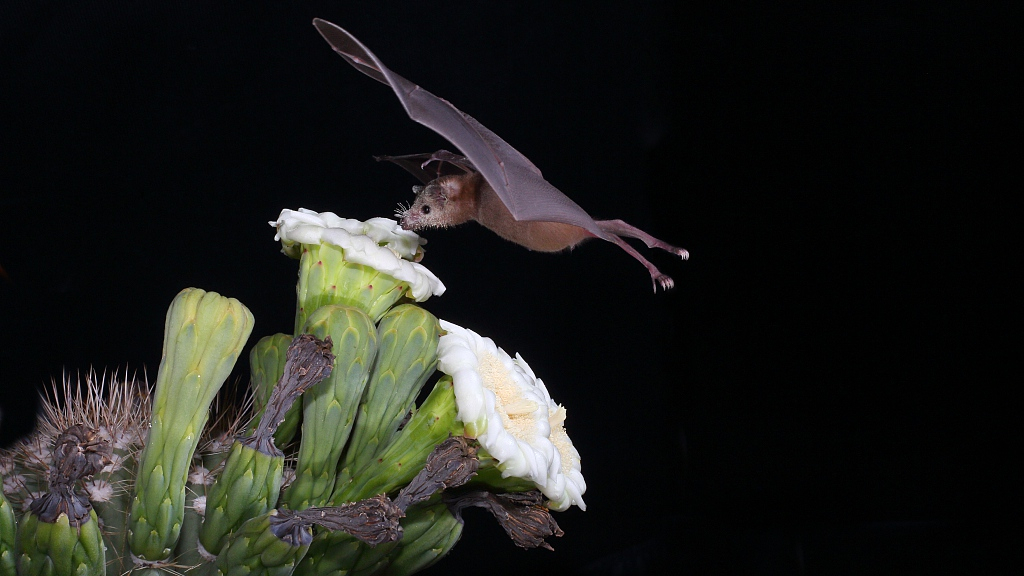
A bat is pollinating a cactus at night. /VCG
A bat is pollinating a cactus at night. /VCG
At nightfall, some black and wrinkled creatures glide across the sky with screeches and the sound of flapping wings. These night fliers are embarking on their journey for food and taking over the pollinator night shift.
These are bats, who have been frequently associated with diseases. In the last 50 years, outbreaks of viruses around the globe have been frequently traced back to them. Many scientists also blame bats for the recent outbreak of the novel coronavirus disease (COVID-19). However, the species has also seen its territories invaded to give space to commercial farms and cropping fields.
What the prejudiced might not know, is that from the deserts of the American Southwest to the high Andes of South America and the Caribbean Islands, hundreds of species of agave and cactus plants rely on bats for pollination. This also occurs in the vigorous tropical forests of Southeast Asia.
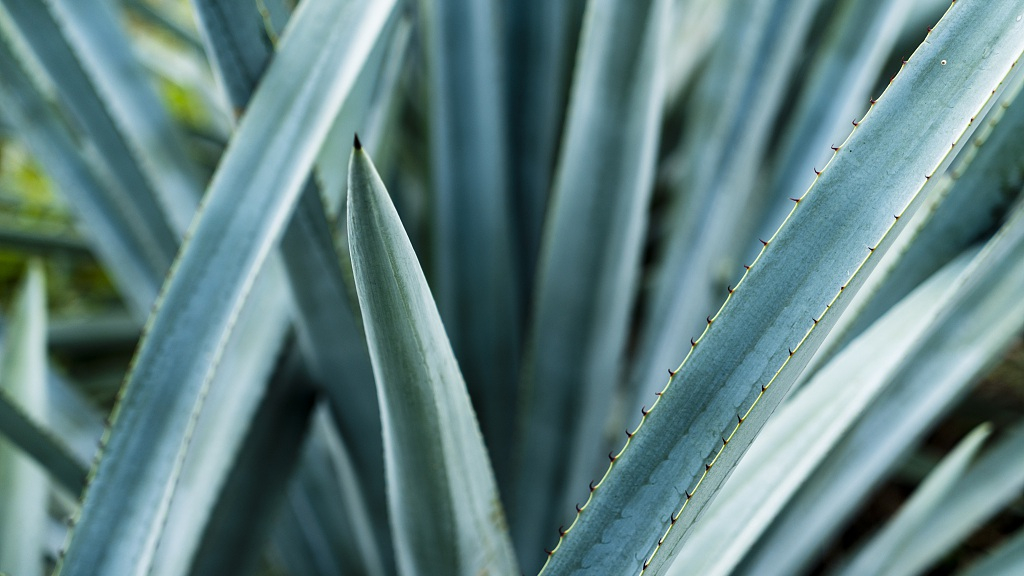
Agave is the base ingredient of tequila, a popular distilled beverage. /VCG
Agave is the base ingredient of tequila, a popular distilled beverage. /VCG
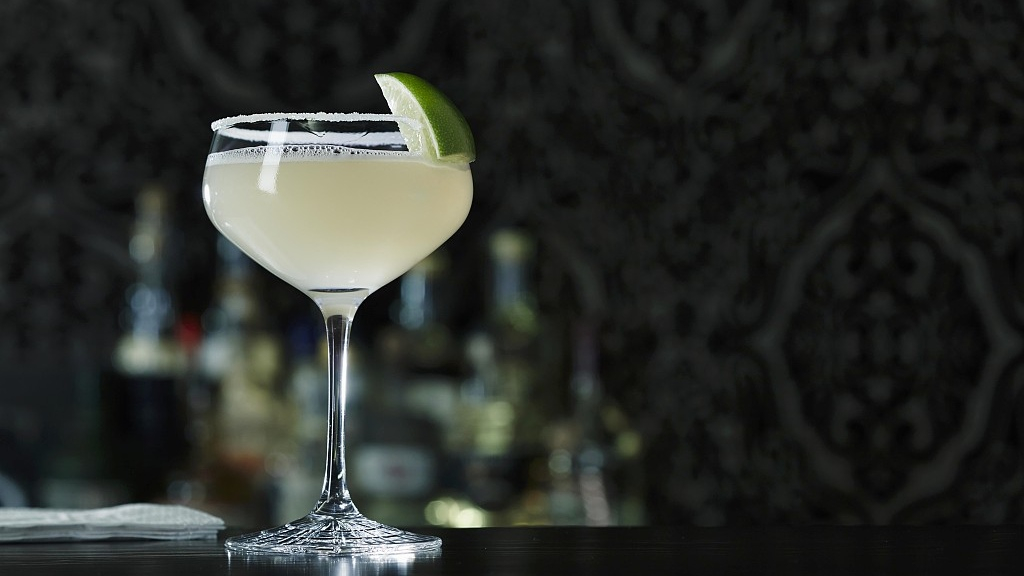
Tequila is the base of one of the most popular cocktails around the world – Margarita. /VCG
Tequila is the base of one of the most popular cocktails around the world – Margarita. /VCG
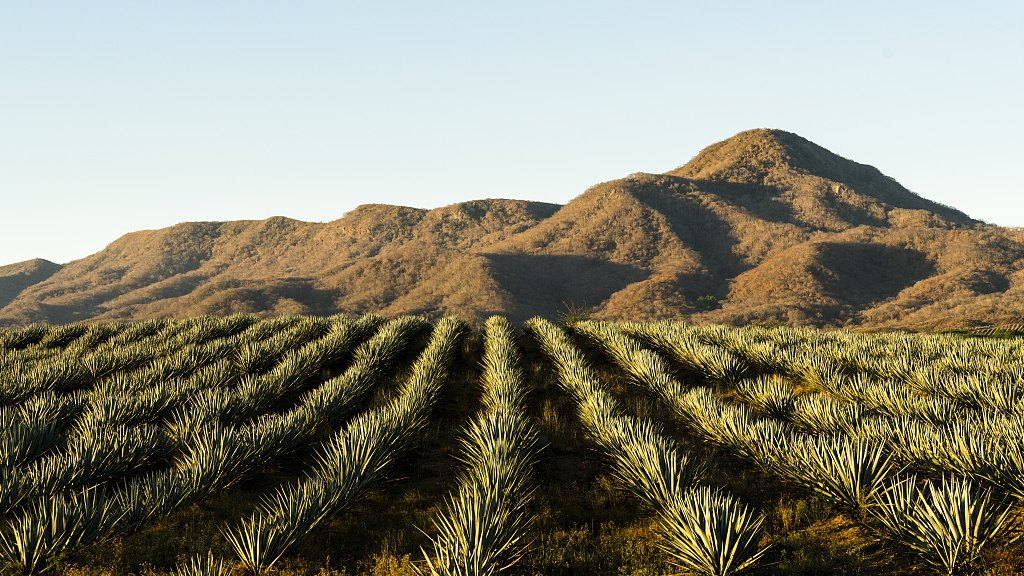
Agave plantation in Mexico. /VCG
Agave plantation in Mexico. /VCG
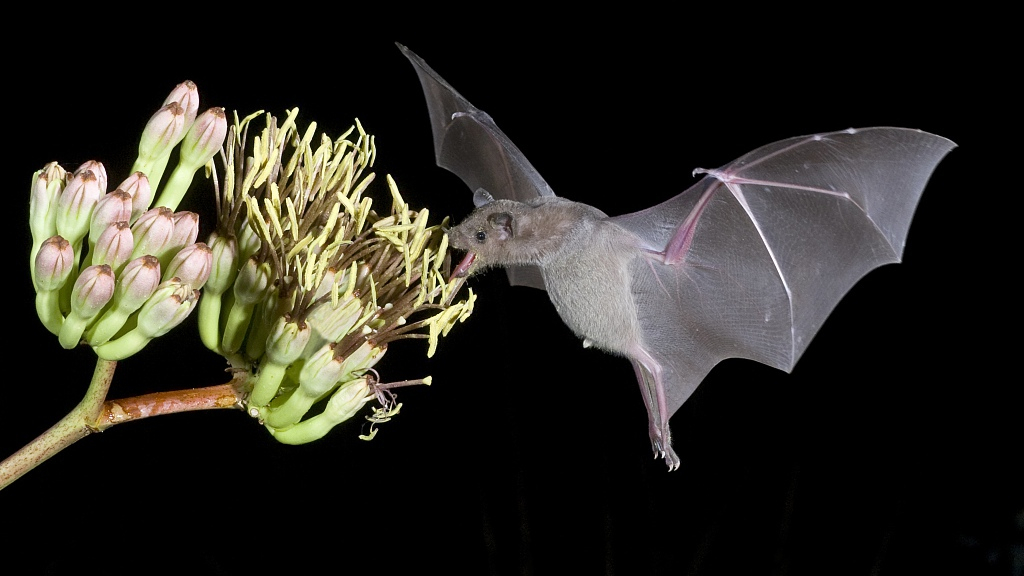
A bat is pollinating the agave flowers while drawing nectar from them. /VCG
A bat is pollinating the agave flowers while drawing nectar from them. /VCG
If not for bats, Mexico's entire tequila industry could be in trouble, since it relies on a single species of bat-pollinated agave plant.
Agave co-evolved with bats over thousands of years. As a result, it's one of the very few plants that gets pollinated at night. However, commercial production involves cutting agave stalks before they reproduce and uses cloned agave which means no tasty pollen for hungry bats, and therefore, no natural pollination.
This process makes the tequila production fast and cheap, yet the cloned agave are far less resistant to fungus or disease that could wipe out entire crops comparing to those naturally-pollinated ones.
The good news is that some tequila producers recognize bats' role in the whole process and are participating in bat-friendly cultivation. By protecting the natural migration patterns of bats, bats pollinate more plants, and in return, humans get more tequila for margaritas.
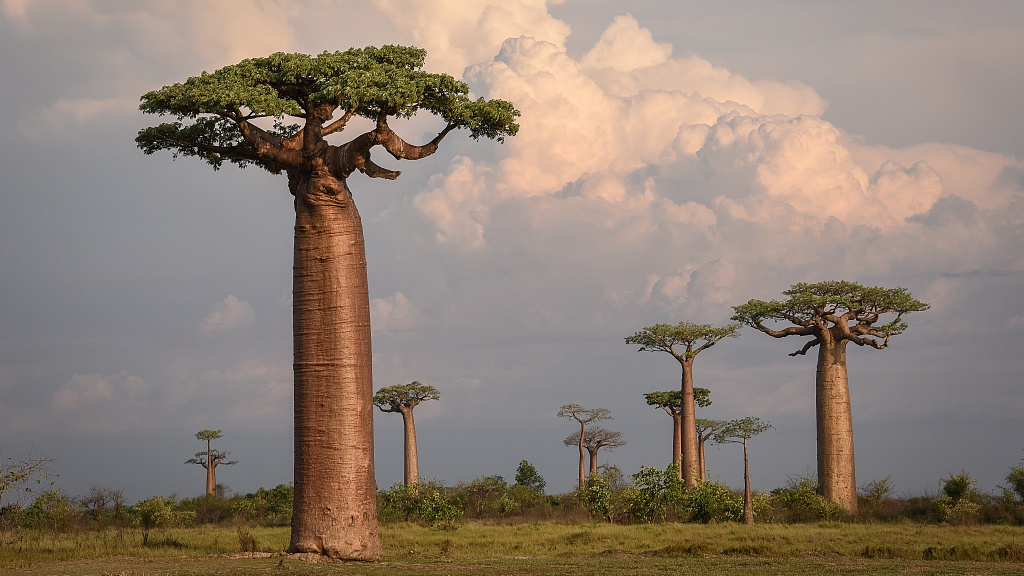
Baobab trees in Africa. /VCG
Baobab trees in Africa. /VCG
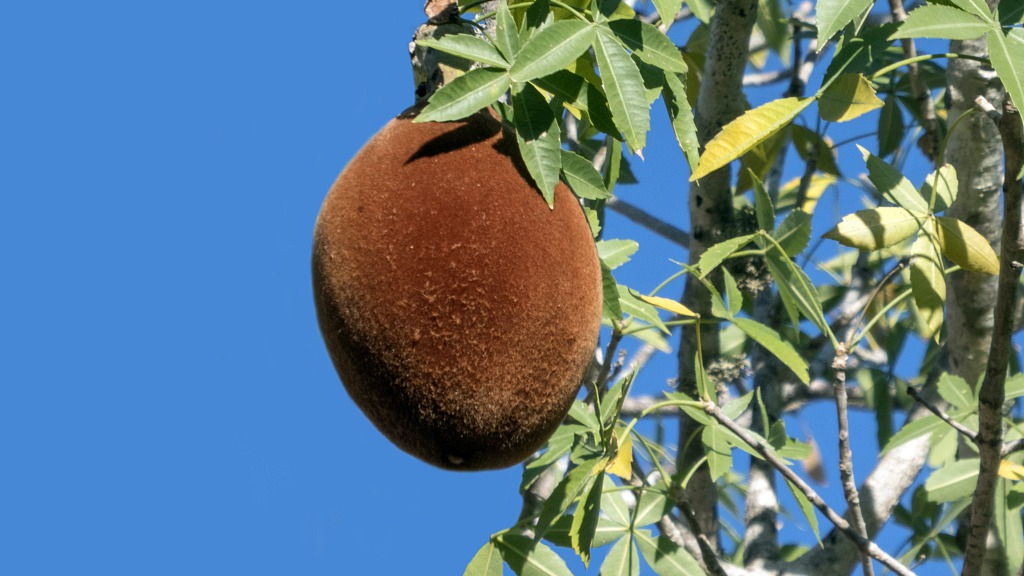
The nuts of baobab trees are rich in vitamin. /VCG
The nuts of baobab trees are rich in vitamin. /VCG
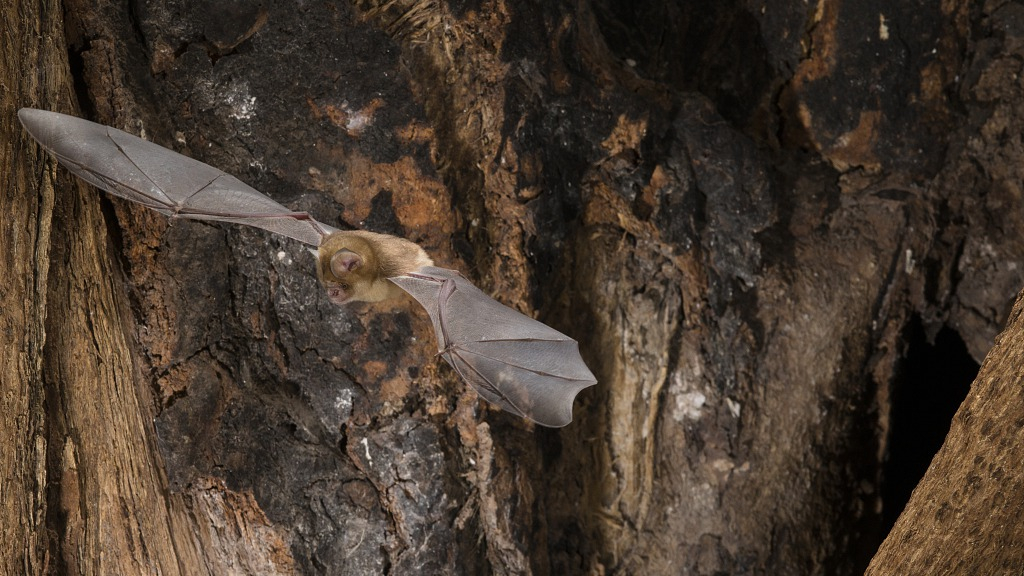
A bat in the tree hole of a baobab tree. /VCG
A bat in the tree hole of a baobab tree. /VCG
In East Africa, the famous night-blooming baobab tree relies on bats for pollination. It in return provides key wildlife habitat and is one of the world's richest sources of vitamins, with sales amounting to roughly a billion U.S. dollars annually.
What is more, approximately 70 percent of all tropical fruits eaten by humans rely on bats as primary pollinators or seed dispersers in the wild, ranging from bananas and mangoes to peaches, cashews and dates.
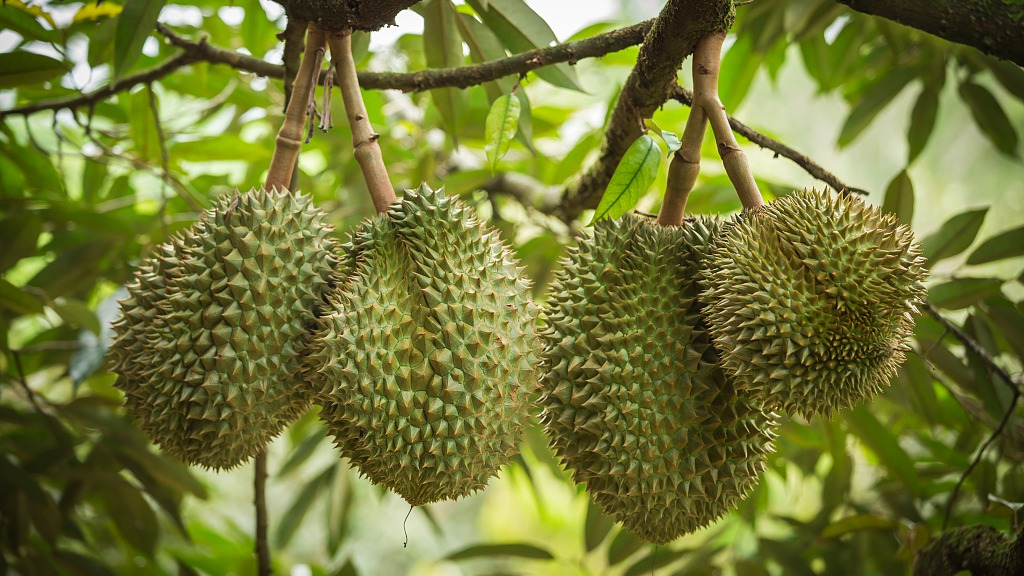
Durians are one of the most popular Southeast Asian fruits. /VCG
Durians are one of the most popular Southeast Asian fruits. /VCG

The fleshy pulp of a durian. /VCG
The fleshy pulp of a durian. /VCG
Durians, Southeast Asia's favorite fruit, sell for more than a billion U.S. dollars annually and requires bat pollinators even when grown in orchards.
On the other hand, mangrove trees in the same region provide vital flood and erosion control, timber, charcoal, breeding grounds for fisheries and key habitat for a wide variety of wildlife. And they rely on bats as primary pollinators as well.
This efficient pollinator is facing big trouble – the loss of natural habitat due to human invasion. So it is best to just leave them alone, not only to reduce the chances of getting infected with diseases, but also to let them thrive and continue their pollinator night shift.
(If you want to contribute and have specific expertise, please contact us at nature@cgtn.com.)